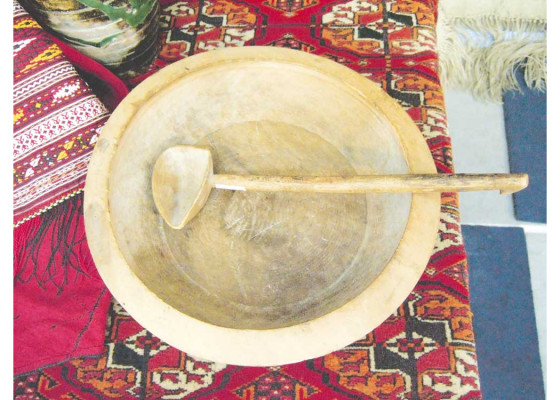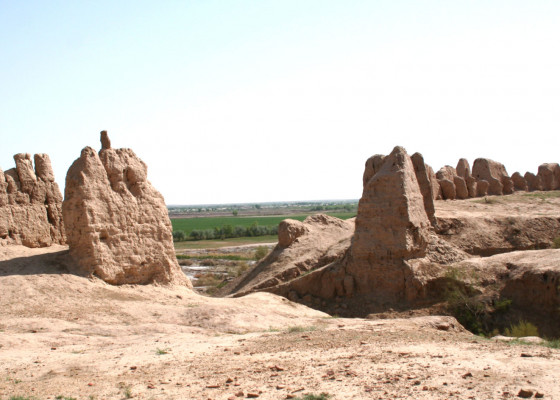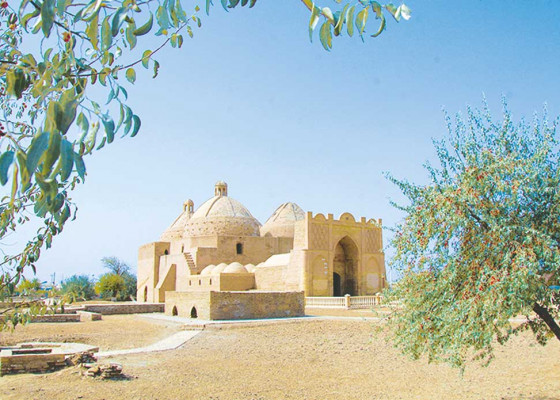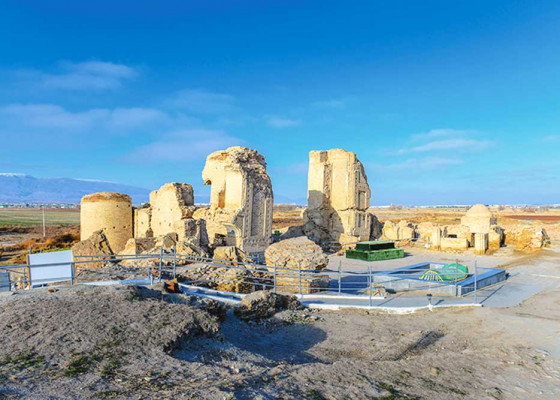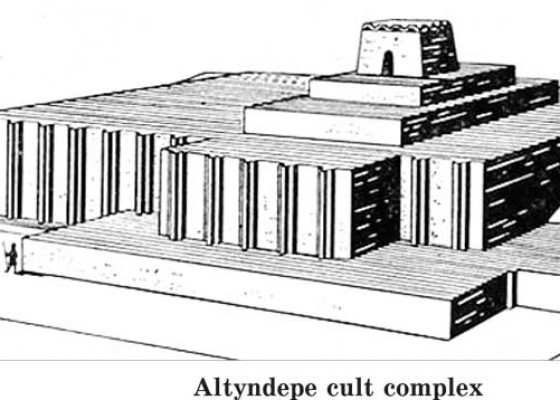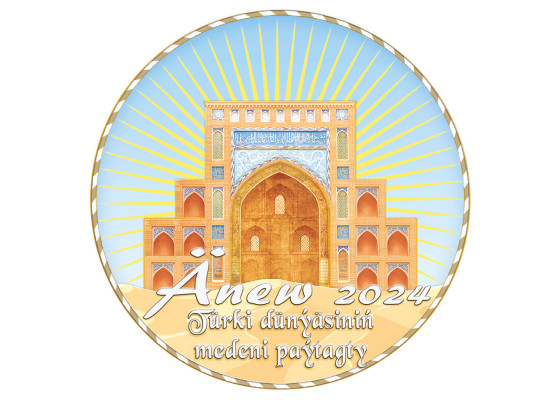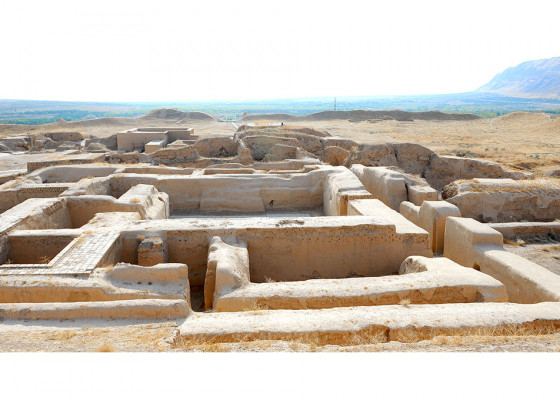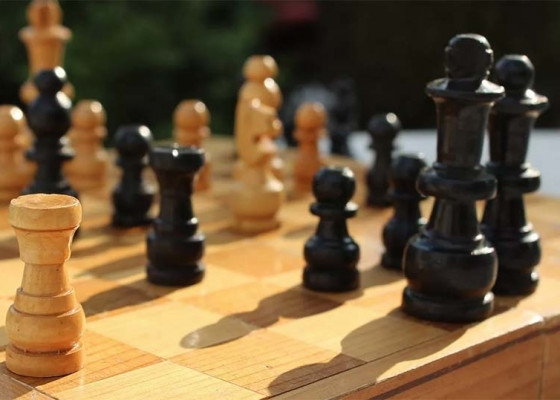Historical roots of statehood
During the Revival of the New Epoch of the Powerful State, important work is carried out in the field of through and comprehensive study of the history of Turkmenistan and the Turkmen people, and promoting thereof in the region and globally. Passing on the rich experience of the glorious history of Turkmen statehood, which goes back to the early times, is one of the basic conditions of development. The Turkmens are the people who created many empires and states that had a special position in the world history in the past. Independent, permanently neutral Turkmenistan, formed at the end of the 20th century, spreads humanitarian principles in the world based on the principles of centuries-long statehood. Our Hero Arkadag Gurbanguly Berdimuhamedov notes about the strength of Turkmen statehood in his book «Independence — Our Happiness» published in 2021: «Our ancestors have built dozens of countries in the world over the millennia. Under the strong and glorious Turkmen states great paths have been opened up for humanity. Centuries after those states, at the end of the second millennium, the Turkmen state, which was established in our ancestral blessed land, spreads its light on human history. Thus, with the new state of Turkmenistan taking its rightful position on the political map of the world a completely new epoch in the life of the Turkmen people began in our histor
